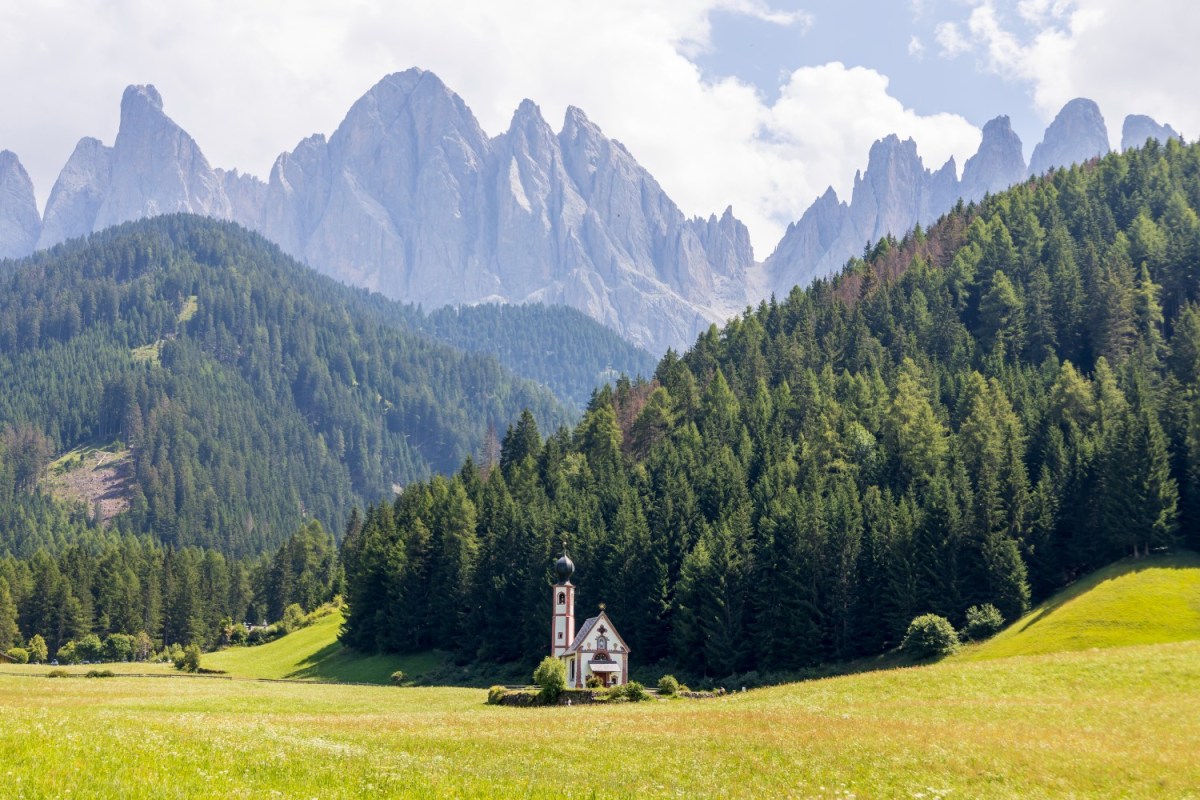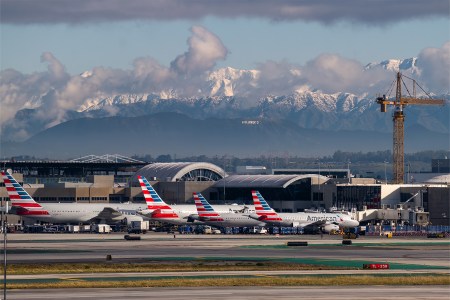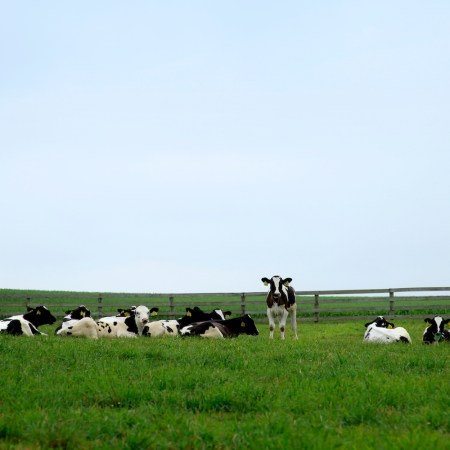There’s something eminently scenic about gazing out at a mountain and looking at a line of trees along its base. But in recent years — in locations all over the world — those tree lines have begun creeping higher and higher, leaving less and less of the mountains’ surface covered in forests. As with many signs of a changing landscape lately, there’s a familiar culprit: the effects of climate change.
Writing at The Guardian, Annalise Murray has details on a recent study conducted by scientists at Shenzhen’s Southern University of Science and Technology that reached an alarming conclusion about mountains and treelines. As Murray writes, the scientists discovered that “70% of mountain treelines had moved uphill between 2000 and 2010.” The study encompassed over 200 regions around the world, and found that the effect on tree lines was most pronounced in tropical regions.
The study’s authors noted that their findings had “important implications for biodiversity, natural resources, and ecosystem adaptation in a changing climate.” As The Guardian points out, the focus of the study was on tree lines that are “mostly isolated from human activities” — something that the study’s authors noted allowed them to “isolate the impact of climate and climate change” on the regions in question.
The Story Behind the Viral Shot of Snowy Mountains and the Hollywood Sign
Photographer Pete Halvorsen talks about capturing the “grail” image, and the overwhelming responseAs the study’s authors point out, “[m]ountain treelines moving upward to higher elevations increase woody biomass at and above the treeline, accumulating carbon and increasing their ability to act as carbon sinks” — a feature that may be offset by reduction in the amount of soil respiration. Their findings offer plenty for scientists and policymakers to mull over — and act on.
Thanks for reading InsideHook. Sign up for our daily newsletter and be in the know.

















